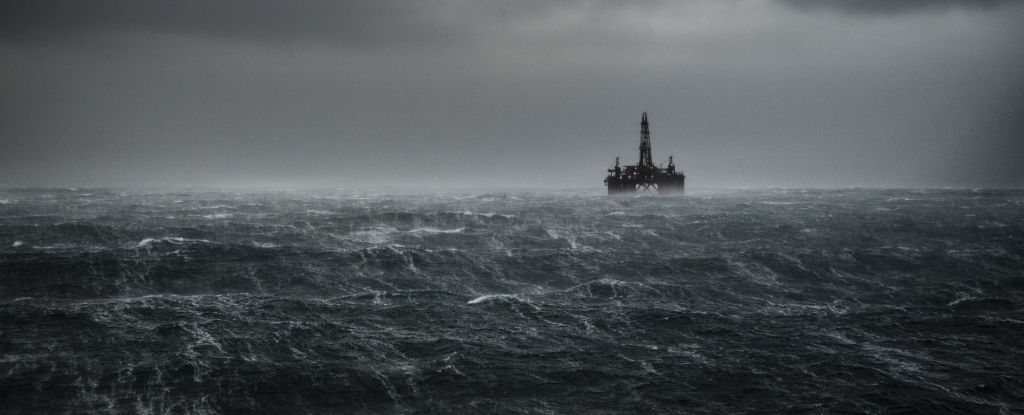
Deep beneath the North Sea, scientists have uncovered an extraordinary geological phenomenon: large sand mounds that appear to be upside down. This unexpected discovery, reported by the University of Manchester, challenges established geological principles by revealing a process known as stratigraphic inversion, where younger, denser sediments lie beneath older, lighter ones.
Geophysicist Mads Huuse from the University of Manchester highlighted the significance of the findings, stating, “This discovery reveals a geological process we haven’t seen before on this scale.” The research team identified hundreds of vast sand mounds, some spanning several kilometers, piled atop structures called sinkites. The study marks the first time such formations have been documented in such abundance.
Understanding Stratigraphic Inversion
Traditionally, geological layers are expected to follow a chronological order, with older layers situated at the bottom and progressively newer layers on top. Stratigraphic inversion occurs when younger layers sink beneath older ones, an anomaly that can arise from various geological processes, including tectonic activities or rockslides.
The team, which includes geophysicist Jan Erik Rudjord from the oil company Aker BP, utilized detailed seismic data to analyze the seabed. By assessing how acoustic waves travel through the Earth’s materials, the researchers could map the different rock types beneath the sea. Their analysis revealed a striking inversion of normal geological layering, with younger, denser sands buried beneath older sediments.
The dense sand layers, which Huuse and Rudjord have referred to as ‘floatites’, likely originated around the boundary between the Miocene and Pliocene epochs, approximately 5.3 million years ago. The older materials consisted of a lightweight, porous layer primarily composed of microscopic marine fossils, which was subsequently disrupted by events such as earthquakes. This led to the upper layer collapsing into sand, causing a reversal in the sediment’s positions.
Implications for Geological Research
The findings have significant implications for our understanding of the Earth’s crust, particularly in marine environments. Huuse noted, “This research shows how fluids and sediments can move around in the Earth’s crust in unexpected ways.” He emphasized that understanding the formation of these sinkites could reshape how scientists assess underground reservoirs, sealing, and fluid migration—elements that are crucial for effective carbon capture and storage strategies.
As with many groundbreaking scientific discoveries, reactions to this research have been mixed. While some experts express skepticism, others support the new model, suggesting that further study will determine its broader applicability in geological contexts. The research has been published in the journal Communications Earth & Environment, marking a significant contribution to the field of geophysics.
As the research team continues to refine their interpretations, the North Sea’s seafloor may hold more secrets that could transform our understanding of geological processes and the dynamic nature of Earth’s crust over millions of years.







